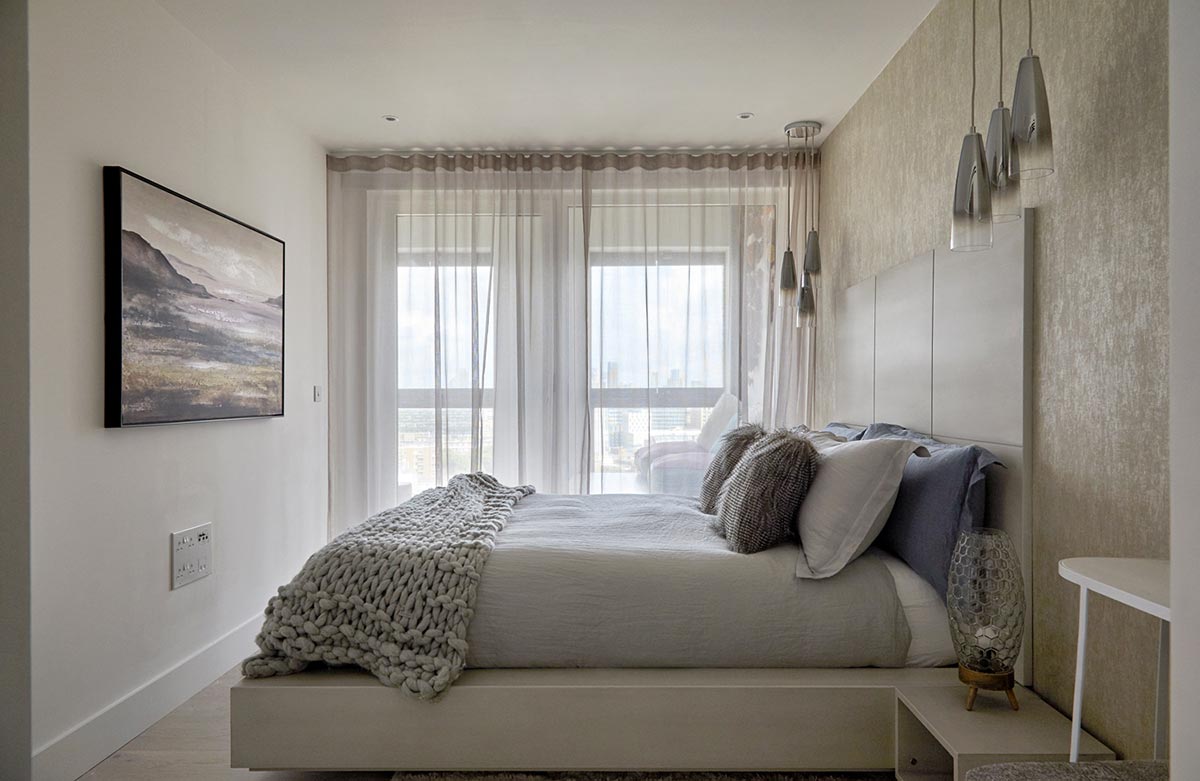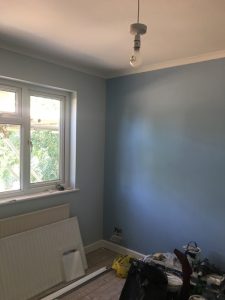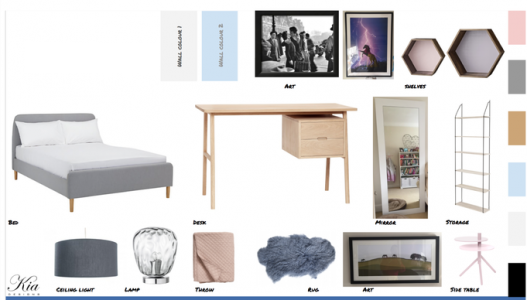
For our design team, it’s not uncommon for clients to judge a design before it’s finished. It’s natural to want to see the work you’ve paid for progress into your dream home. In this way, designing or redesigning your home is not unlike a spring cleaning: you have to make a mess before you have a beautiful finished product.

The paint in question: too dark and just right?
One common concern is how rooms look before they are fully put together (spoilers: they tend to look a bit of a mess; another reason why you should never live on site). We recently had a client who was concerned about the colour of the paint on the walls. They felt that even on a sunny day the room looked too dark, and thought that a brighter paint colour would brighten up the room. If you’re staring at the paint on the walls of your home, mid-way through a redesign with works still in progress around you, and that paint just doesn’t look bright enough, here are a few things to consider:
Is there something outside?
In this case, there was scaffolding and a tree outside, shielding the light. The scaffolding would go, but the tree would always be there and would always let less light in through the small window. The design made up for that with enough internal illumination to make sure that the room would be bright enough. Which brings us to the second question:
Is the room finished?
If the answer is no, it’s best to trust your designer. Judging a design before it is finished is exactly where a lot of people go wrong. With a design, the entire room is thought out, including the paint on the walls. This room in particular was never going to be a particularly bright one, with one small window and a tree outside, but a bank of mirrored wardrobes and light furnishings were put in to lift the space.
But the colour doesn’t match the slides in the presentation!
In all likelihood, the colours actually do match. Colours don’t exist independently of one another, and we see colours in relation to one another. In this case, the light grey used was partially made of blue, and when up against another blue it looked bluer. The design team counteracted this by furnishing the room with enough whites that would counteract the effect when finished and work harmoniously. The wall itself would have been broken up by the furniture and no longer this monolith of blue. The blue was also the exact same blue that we had put into the presentation; There simply was not enough light in the room yet to see it. There would be, in the finished product.A third possibility as to why the colours didn’t seem to match is that there is almost always going to be some level of colour difference between what you see on your screen and what you see in your hand. You see it with photos we take on phones every day. It’s always more reliable to have a paint sample or chip than an image on a screen.

If you’re worried that the paint is too dark for an already dark room, the solution isn’t to use a lighter paint shade. The idea that lighter paint will lighten a room is a fallacy. A room painted bright white would still look grey and dark in a room with minimal light. What does make a difference is the furniture and design put into a room that works with the light levels. That is why in the case of this project, the design team used mirrors and curtains to lift and lighten the space.
It can be very tempting to make decisions about a room before it’s finished. It seems like it makes sense that if we see something we don’t like, we should stop it before it gets to the point where it can’t be fixed. The fact is though that an incomplete room will always look wrong. Judging the design and how it will still “feel” dark when the room is simply not finished is not fair or useful. Trust your designer, that dark room will brighten in the finished piece.
Features image courtesy of Dulux.


